Honda direct TPMS systems are different compared to domestic TPMS systems because they require a scan tool or a TPMS tool that connects to the OBDII port to program sensor IDs and positions. There are no special tricks or procedures to avoid this process. However, there are exceptions to the rule, like the Honda Pilot (automatic relearn) and vehicles that have indirect TPMS systems, like the Civic and Accord on 2013 to current models.
Most dedicated TPMS tools can activate the sensor to collect the sensor ID and its position on the vehicle. It then feeds the information through the OBDII port to the TPMS module. It is possible to key in the sensor IDs using a scan tool that can access the TPMS module.
The magic number for Honda direct TPMS systems is 28 mph. Once the vehicle has reached 28 mph for at least one minute, it confirms the sensor signals, IDs and pressures. The 28 mph is not detected by the sensors, but rather through the serial data bus and the TPMS module. Honda reasons that, at this speed, there is less of a chance of interference from other sensors and radio frequencies.
If a customer comes in with a TPMS light on solid, inflate the tires and test-drive the vehicle at 28 mph or more for at least one minute, and the low tire pressure indicator should go off. The 28 mph rule should also be followed after every relearn or reprogram procedure.
For indirect systems, there are three magic numbers in the form of: 40-60 mph for 20 minutes. The process is initiated by pressing the TPMS reset button or information center in the instrument cluster.
Hondas typically have two TPMS lights in the instrument cluster for direct systems. One light is the ISO-standard tread light that indicates there is a low tire. The other light is a “TPMS” (spelled out) light that is a warning/MIL indicator light. When a Honda TPMS system detects a problem, the TPMS control unit sets a code, but shifts to fail-safe mode and does not alert the driver to low tire pressures.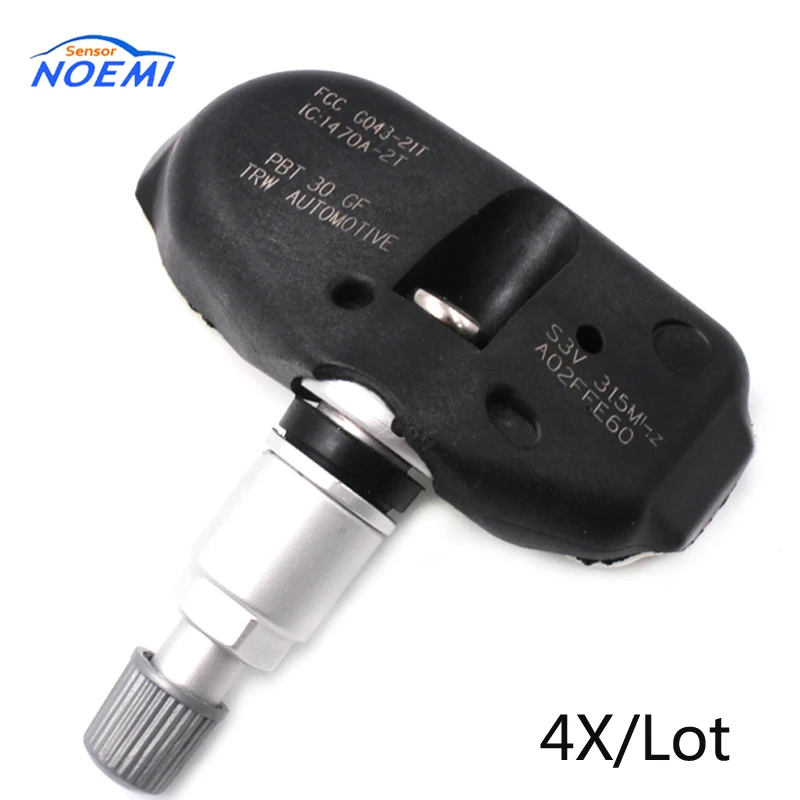 Once the code is set, on the next key cycle, the TPMS light will flash between 30-90 seconds and then remain on. A healthy system will flash the light for two seconds and then turn off.
Once the code is set, on the next key cycle, the TPMS light will flash between 30-90 seconds and then remain on. A healthy system will flash the light for two seconds and then turn off.
TPMS codes in the non-volatile memory will not be cleared by disconnecting the battery. Clearing a code will require a scan or TPMS tool that can communicate with the TPMS module. The memory can hold all the TPMS codes that could possibly be set. But, when the same code is detected more than once, the most recent one overwrites the previous one, so only the latest DTC of each type is stored.
When a flat tire is replaced with the spare tire on a vehicle with a direct system, the TPMS indicator comes on (DTC 32, 34, 36 or 38) because the system is no longer receiving the signal from the flat tire’s transmitter. This is not a problem with the spare tire.
Honda indirect TPMS systems do not have air pressure sensors inside the tires. Rather, they detect a low tire by comparing relative wheel speeds via the anti-lock brake system (ABS) wheel speed sensors.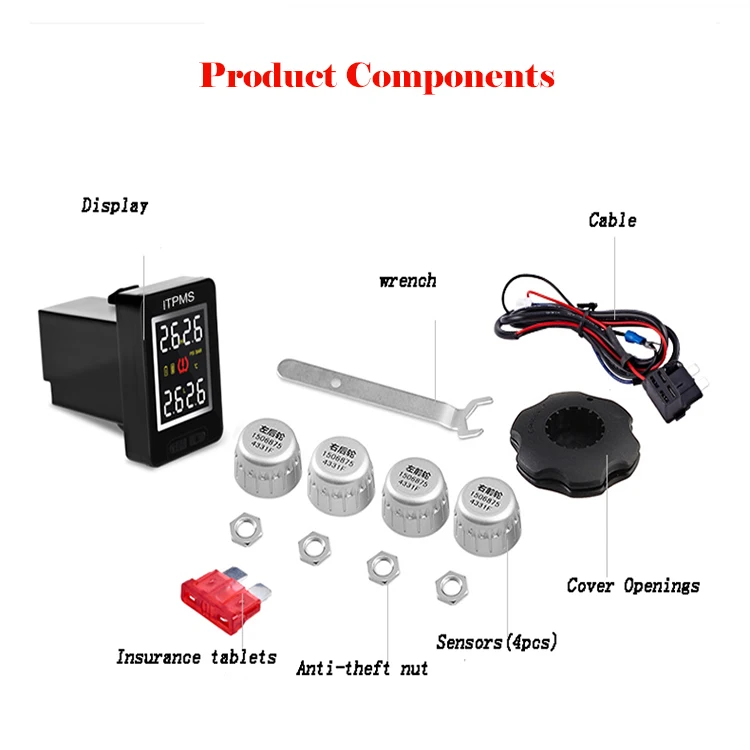 When a tire loses air, its diameter decreases slightly. The highly popular Honda Accord switched to indirect TPMS for the 2013 model year. Recalibrating the system should be performed when the inflation is corrected or changed. The procedure does not involve any tools. The calibration is initiated by either a TPMS reset button below the steering wheel or using a series of button presses in the i-Mid driver information center. You can initiate the procedure, but let the customer do the driving.
When a tire loses air, its diameter decreases slightly. The highly popular Honda Accord switched to indirect TPMS for the 2013 model year. Recalibrating the system should be performed when the inflation is corrected or changed. The procedure does not involve any tools. The calibration is initiated by either a TPMS reset button below the steering wheel or using a series of button presses in the i-Mid driver information center. You can initiate the procedure, but let the customer do the driving.
Press and hold the TPMS button underneath the left side of the dashboard until the Low Tire Pressure/TPMS indicator blinks twice.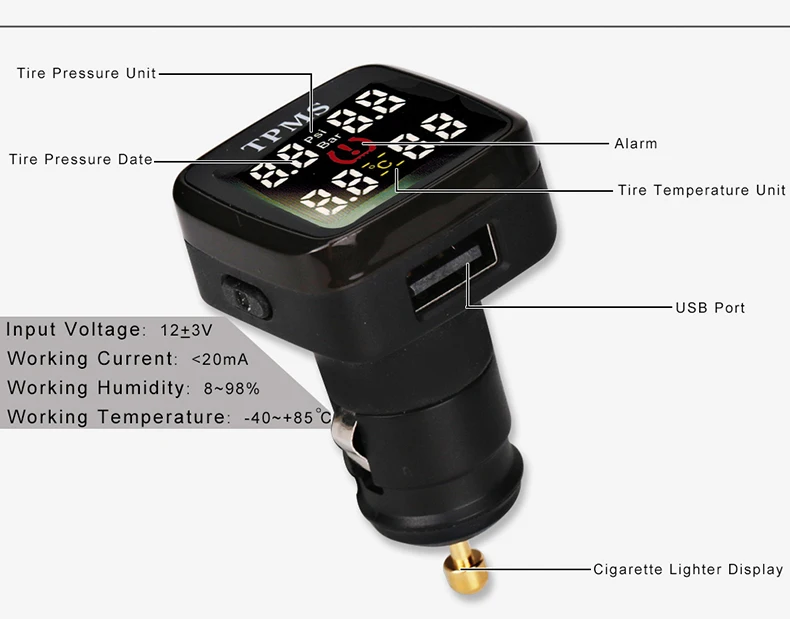 If the indicator does not blink, press and hold the button again. Calibration will be complete after 20 minutes of cumulative driving at 30 to 60 mph.
If the indicator does not blink, press and hold the button again. Calibration will be complete after 20 minutes of cumulative driving at 30 to 60 mph.
If successful, you will see “Calibration Started.” If you see “Calibration Failed to Start,” repeat steps 2 and 3. Calibration will be complete after 20 minutes of cumulative driving at 30 to 60 mph.
 The display switches to a customization screen where you can choose between Cancel or Initialize.
The display switches to a customization screen where you can choose between Cancel or Initialize. When calibration is complete you will see TPMS has been initialized followed by a return to the customization menu. If you see “Unable to initialize TPMS,” repeat steps 3 and 4. Calibration will be complete after 20 minutes of cumulative driving at 30 to 60 mph.
Check out the rest of the April digital edition of Tire Review here.
The purpose of the tire pressure monitoring system (TPMS) in your vehicle is to warn you that at least one or more tires are significantly under-inflated, possibly creating unsafe driving conditions. The TPMS low tire pressure indicator is a yellow symbol that illuminates on the dashboard instrument panel in the shape of a tire cross-section (that resembles a horseshoe) with an exclamation point.
That indicator light in your vehicle has a history. It’s a history rooted in years of uncertainty about proper tire pressure and many serious car accidents that might have been avoided had drivers known their air pressure was low. Even now, it’s estimated that a substantial number of vehicles hit the road each day with underinflated tires. However, proper tire maintenance with the aid of a TPMS can and does help prevent many serious accidents.
Even now, it’s estimated that a substantial number of vehicles hit the road each day with underinflated tires. However, proper tire maintenance with the aid of a TPMS can and does help prevent many serious accidents.
Before this indicator light became commonplace, knowing whether your air pressure had reached unsafe levels meant getting out, crouching down, and using a tire gauge. With few exceptions, this was the only pressure-checking tool ordinary consumers had at their disposal.
Then, in response to a surge in accidents due to underinflated tires, the US government passed the Transportation Recall Enhancement, Accountability, and Documentation (TREAD) Act. One of the outcomes of this legislation is that most vehicles sold in the United States since 2007 include a tire pressure monitoring system of some kind.
Not every TPMS works the same way. The illumination of the low tire pressure indicator represents the final step in the process of either an indirect TPMS or a direct TPMS.
An indirect TPMS typically relies on wheel speed sensors that the anti-lock brake system uses. These sensors measure the rate of revolution each wheel is making and can be used by on-board computer systems to compare with each other and to other vehicle operation data such as speed.
Based on the rate of revolution of each wheel, the computer can interpret the relative size of the tires on your vehicle. When a wheel starts spinning faster than expected, the computer calculates that the tire is underinflated and alert the driver accordingly.
So, an indirect tire pressure monitoring system doesn’t actually measure tire pressure. It’s not electronically processing the same kind of measurement you might see with a tire gauge. Instead, an indirect tire pressure monitor simply measures how fast your tires are rotating and sends signals to the computer that will actuate the indicator light when something in the rotation seems amiss.
-- Relatively inexpensive compared to a direct TPMS
-- Requires less programming/maintenance over the years than a direct TPMS
-- Less overall installation maintenance than its direct counterpart
-- May become inaccurate if you purchase a bigger or smaller tire
-- May be unreliable when tires are unevenly worn
-- Must be reset after properly inflating every tire
-- Must be reset after routine tire rotation
Direct TPMS uses pressure monitoring sensors within each tire that monitor specific pressure levels – not just wheel revolution data from the anti-lock brake system.
Sensors in a direct TPMS may even provide tire temperature readings. The direct tire pressure monitoring system sends all of this data to a centralized control module where it’s analyzed, interpreted, and, if tire pressure is lower than it should be, transmitted directly to your dashboard where the indicator light illuminates. A direct tire pressure monitor usually sends all of this data wirelessly. Each sensor has a unique serial number. This is how the system not only distinguishes between itself and systems on other vehicles, but also among pressure readings for each individual tire.
A direct tire pressure monitor usually sends all of this data wirelessly. Each sensor has a unique serial number. This is how the system not only distinguishes between itself and systems on other vehicles, but also among pressure readings for each individual tire.
Many manufacturers use proprietary technology for these highly specialized systems, so replacing a TPMS in a way that’s consistent and compatible with your vehicle will require an experienced, knowledgeable technician.
-- Deliver actual tire pressure readings from inside the tire
-- Not prone to inaccuracies because of tire rotations or tire replacements
-- Simple resynchronization after tire rotation or tire replacements
-- Batteries inside the sensors usually last for about a decade.
-- May be included in a vehicle’s spare tire
-- More expensive overall than an indirect TPMS
-- Though simple, resynchronization may require costly tools.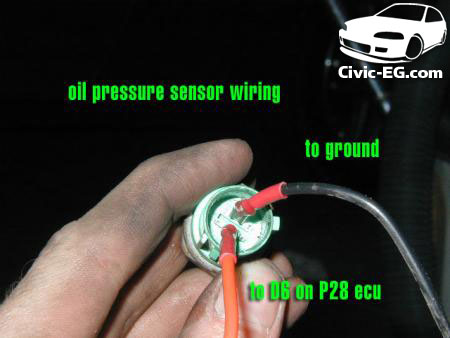
-- Battery rarely serviceable; if the battery is drained, the whole sensor must be changed.
-- Proprietary systems make installation, service, and replacement confusing for consumers and auto shops.
-- Sensors are susceptible to damage during mounting/demounting
Although the methods may be different, both systems serve the same purpose and activate the same indicator light. Even though a TPMS can deliver accurate alerts when properly maintained, it’s not a replacement for manual air pressure checks, consider it just another item in your car maintenance toolbox.
There’s never a good time for a flat. That’s why Bridgestone DriveGuard tires are masterfully engineered to keep you moving for up to 50 miles at speeds up to 50 MPH without disruption.
There’s never a good time for a flat. That’s why Bridgestone DriveGuard tires are masterfully engineered to keep you moving for up to 50 miles at speeds up to 50 MPH without disruption.
See Details Find Your Fit
The system is designed to monitor the pressure in each wheel and inform the driver when the pressure is reduced.
The system includes: - pressure sensors located in the wheels; - initiators transmitting control signals to sensors; - Control block; - indicators.
Information prepared by an employee of "Legion-Avtodata" comrade. A. Rodionov. nine0005
Honda Tire Pressure Monitoring System (TPMS)
Description
The system is designed to monitor the pressure in each wheel and inform the driver about the pressure reduction. The system includes:
- pressure sensors located in the wheels;
- initiators transmitting control signals to sensors;
- Control block;
- indicators
Tire pressure monitoring system (TPMS) component location (Acura MDX, Honda Pilot).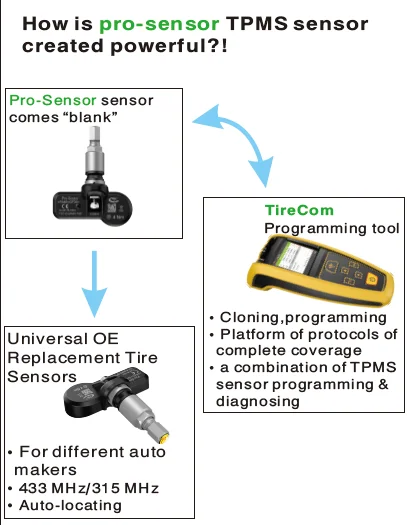 1 - mounting block in the engine compartment, 2 - mounting block in the passenger compartment (passenger side), 3 - diagnostic connector (DLC), 4 - front left wheel initiator, 5 - rear right wheel initiator, 6, 8, 9, 12 - pressure sensor, 7 - rear left wheel initiator, 10 - mounting block in the passenger compartment (driver's side), 11 - TPMS system control unit, 13 - front right wheel initiator. nine0005
1 - mounting block in the engine compartment, 2 - mounting block in the passenger compartment (passenger side), 3 - diagnostic connector (DLC), 4 - front left wheel initiator, 5 - rear right wheel initiator, 6, 8, 9, 12 - pressure sensor, 7 - rear left wheel initiator, 10 - mounting block in the passenger compartment (driver's side), 11 - TPMS system control unit, 13 - front right wheel initiator. nine0005
Tire pressure monitoring system (TPMS) component location (Honda Ridgeline). 1 - mounting block in the engine compartment, 2 - additional mounting block, 3 - TPMS system control unit, 4 - front left wheel initiator, 5 - rear right wheel initiator, 6 - rear left wheel initiator, 7, 10 - pressure sensor, 8 - mounting block in the cabin, 9 - diagnostic connector (DLC), 11 - front right wheel initiator.
nine0019 Indicators
The tire pressure monitoring system has 6 indicators: 5 indicators are for displaying tire pressure and one indicator is for displaying the status of the TPMS system.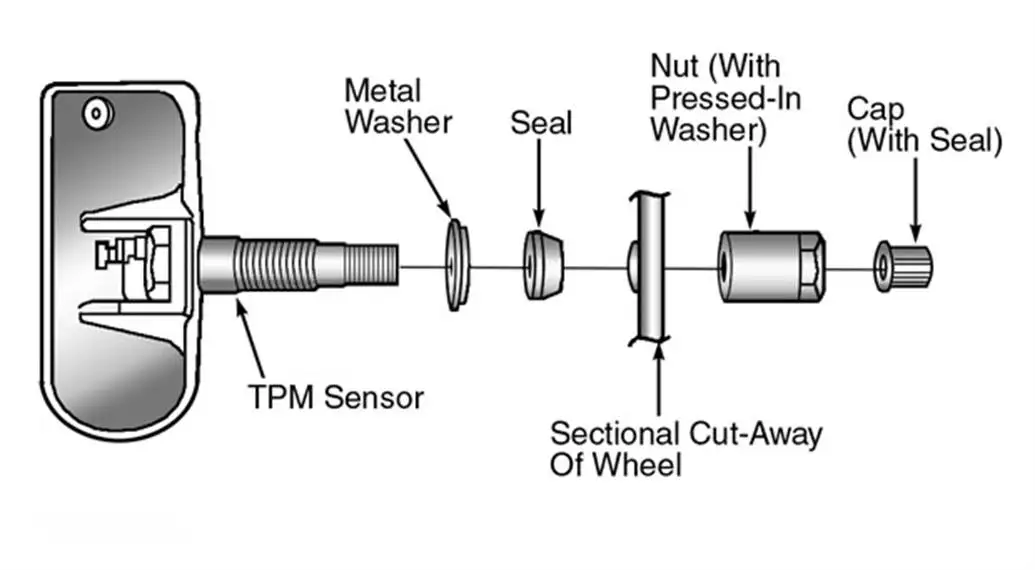 The corresponding indicators light up in the following cases:
The corresponding indicators light up in the following cases:
- the indicator of low pressure in the tire lights up when the pressure drops below the permissible value;
- the "TPMS" indicator lights up if a malfunction is detected in the tire pressure monitoring system. The indicator will also come on if the tire pressure is low and a system fault has been detected. nine0019 - The wheel indication indicator lights up when the tire pressure drops below the allowable value in the tire and indicates the wheel in which the pressure is reduced.
Tire pressure monitor indicators (Acura MDX, Honda Pilot).
Tire pressure monitor indicators (Honda Ridgeline).
Pressure sensors
Pressure sensors are installed on each wheel inside the tire on the valve. The sensor is equipped with a transmitter that transmits pressure signals to the control unit. nine0019 When the pressure drops below 176 kPa, the corresponding indicators light up on the instrument cluster. When the pressure rises to 198 kPa, the pressure is considered normal and the indicators go out.
Wheels
For models with TPMS, rims marked (A) "TPMS" must be used. These discs have a balancing "weight" (B) located opposite the pressure sensor (C) to eliminate wheel imbalance. nine0005
Data transfer within the system
When the vehicle is moving, signals from pressure sensors are regularly transmitted to the TPMS control unit.
When the ignition is turned on, the initiators send low-frequency signals to the pressure sensors. On a signal, the pressure sensors switch from the "sleep" mode to the operating mode. After turning off the ignition, the sensors return to "sleep" mode, which allows you to extend the life of the batteries. nine0019
Each pressure sensor has its own identification code. This is necessary to prevent receiving signals from similar systems installed on other vehicles. After initialization (prescribing an identification code in the control unit) of the sensor, the control unit receives signals only from sensors with the corresponding codes. Sensors can be initialized manually or automatically.
After initialization (prescribing an identification code in the control unit) of the sensor, the control unit receives signals only from sensors with the corresponding codes. Sensors can be initialized manually or automatically.
Each initiator is connected to the control unit via wiring. Each time the ignition is turned on, the sensor identification codes are checked during their activation. nine0019
Data transfer within the system.
A.Rodionov
©Legion-Avtodata
Honda Tire Pressure Monitoring System (TPMS) has its own specifics when programming new sensors, data registration and calibration. But with basic knowledge, servicing Honda TPMS systems is easy. nine0005
Honda direct TPMS systems with pressure sensors in each wheel are difficult to compare with other vehicles using the same type of TPMS as they require special hardware to connect via the OBD II connector and the procedures are similar.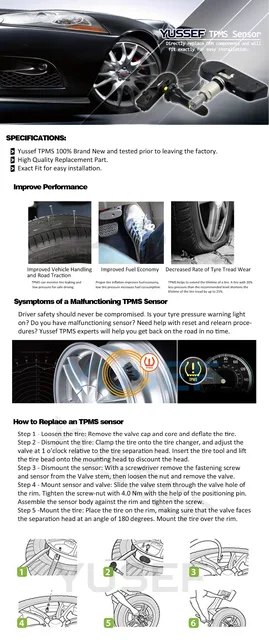 However, there are exceptions, such as Honda Pilot (automatic programming of the system) and vehicles using indirect TPMS systems that use the ABS readings in operation, the difference in wheel speed depending on pressure, i.e. there are no pressure sensors in the system, for example, Honda Civic, Accord, other models after 2012 of release. nine0005
However, there are exceptions, such as Honda Pilot (automatic programming of the system) and vehicles using indirect TPMS systems that use the ABS readings in operation, the difference in wheel speed depending on pressure, i.e. there are no pressure sensors in the system, for example, Honda Civic, Accord, other models after 2012 of release. nine0005
Most specialized TPMS service tools can activate the sensors to receive an identification signal from the sensor and their position in the vehicle. The information is then fed through the OBD II connector to the TPMS module. Programming is carried out using a scanner. For Honda's direct TPMS systems, 45 km/h is the magic number. After the vehicle has reached a speed of 45 km/h and has been driven for at least a minute, the system acknowledges the sensor signals, identifies them and captures the pressure information. Speed is not detected by sensors, speed is determined via CAN bus and TPMS module. Honda engineers believe that at this speed the system is less susceptible to interference from other sensors and radio frequencies. nine0005
nine0005
If a vehicle arrives at the garage with the TPMS warning light on, inflate the tires to the prescribed pressure and drive the vehicle at 45 km/h for one minute. The low system pressure indicator should turn off. 45 km/h - the speed of movement for each procedure of reprogramming the system and registration of data. For indirect type systems, there are other magic numbers - driving at a speed of 65 - 95 km / h for 20 minutes. The initialization process occurs by pressing the TPMS reset button on the instrument panel or steering wheel. nine0005
Hondas with direct systems typically have two TPMS lights on the instrument panel. One ISO standard indicator for low tire pressure, another TPMS MIL indicator. In the event of a malfunction in the TPMS system, the module displays a fault code , but goes into safe mode. The system does not notify the driver of a dangerous low tire pressure. In the event of a malfunction, the TPMS system generates indicator flashes every 30-90 seconds and the flash cycle repeats. A working system signals one signal that lights up for a couple of seconds, then the indicator goes out.
In the event of a malfunction, the TPMS system generates indicator flashes every 30-90 seconds and the flash cycle repeats. A working system signals one signal that lights up for a couple of seconds, then the indicator goes out.
The TPMS fault code is stored in non-volatile memory and cannot be cleared by disconnecting the cable from the battery. To erase the fault code, you must use a scanner. The system memory may contain all the TPMS trouble codes that may occur. But, if the same code occurs twice or more, in most cases the subsequent code is overwritten with the previous one, thus saving each last of the TPMS system fault codes. nine0005
When a flat tire is replaced with a spare in a direct type system, the TPMS sets DTCs 32, 34, 36, 38 because the system no longer receives a signal from the flat tire sensor.
Honda TPMS indirect type does not include wheel pressure sensors. The system determines the reduction in tire pressure by comparing the relative speed of rotation of the wheels through the ABS wheel sensors.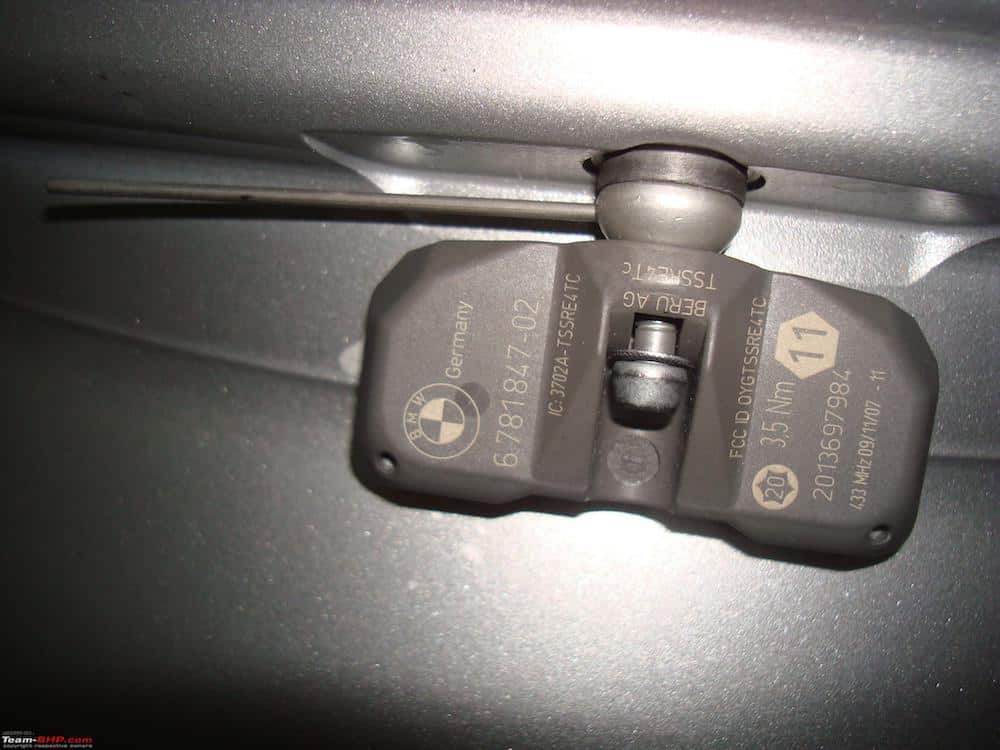 When the tire pressure is reduced, the wheel diameter is slightly reduced. This type of system has been installed on the Honda Accord since 2013. Recalibration must be carried out in the event of a change in tire pressure or adjustment to normal. The process does not require the use of special tools, it is carried out using the TPMS reset button located under the steering wheel or a combination of pressing the information center button, or the button located on the steering wheel. nine0005
When the tire pressure is reduced, the wheel diameter is slightly reduced. This type of system has been installed on the Honda Accord since 2013. Recalibration must be carried out in the event of a change in tire pressure or adjustment to normal. The process does not require the use of special tools, it is carried out using the TPMS reset button located under the steering wheel or a combination of pressing the information center button, or the button located on the steering wheel. nine0005
1. Make sure the vehicle transmission is in neutral or park.
2. Check all wheel dimensions and type.
3. Set the correct tire pressure.
4. Switch on the ignition.
Press and hold the TPMS button located on the lower left of the instrument panel until the TPMS low tire pressure indicator flashes twice. If the indicator does not flash, press and hold the button again. Recalibration will be completed after running for 20 minutes at 65-95 km/h
1. Using the monitor and steering wheel controls, select Vehicle Settings, press the SEL/RESET button. The calibration process will start.
2. The display will switch to setting mode when you select, cancel or calibrate.
3. Select Calibration, then press the SEL/RESET button. If the process has started, the monitor will display Calibration Started. If the message Calibration Failed to Start appears, repeat steps 2 and 3. Recalibration will be completed after running for 20 minutes at a speed of 65-95 km/h
1. Use the monitor and steering wheel controls, press Menu/MENU and go to Vehicle Menu
2. Select Customized Settings and press the SOURCE button.
3. Select TPMS Calibration, then press the SOURCE button. The display will switch to the settings menu when you select between Cancel or Initialize/Apply.